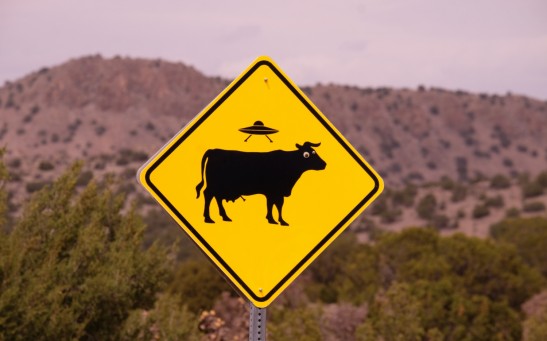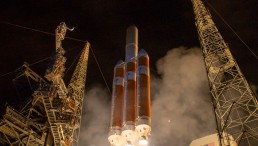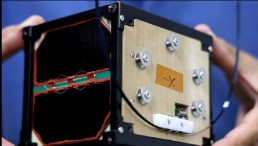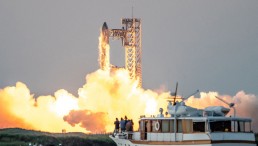NASA
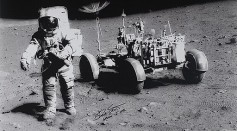
Lunar Round Trip: How Long Will It Take To Walk Around the Moon?
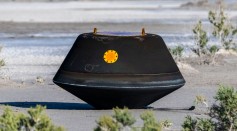
NASA Struggling To Open the Container of Asteroid Bennu Samples From the OSIRIS-REx Mission
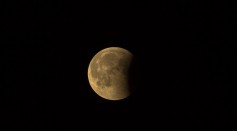
Moon's Age Pushed Back 40 Million Years Beyond Previous Estimates Through Zircon Crystal Analysis from Apollo 17 Mission
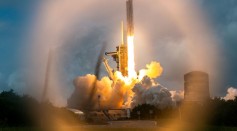
Spectacular Solar Eclipse, Historic Launch, and Jupiter's Wonders: An Unforgettable Week in the Skies
Space Photo of the Week: NASA's Juno Spacecraft Captures Up Close Photo of Jupiter's Volcanic Moon Io at 7,260 Miles
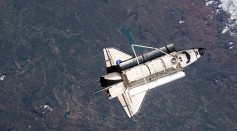
NASA Celebrates 40 Years of Space Shuttle Discovery: A Legacy of Exploration and Innovation
Mars More Seismically Active Than Previously Thought: Scientists Discover Surprising Source of the Biggest Marsquake Recorded in 2022
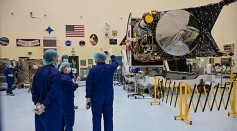
NASA's Psyche Asteroid Mission Successfully Launches Aboard SpaceX's Falcon Heavy Rocket After 1-Year Delay
NASA To Launch Three Rockets at the Ring of Fire Solar Eclipse, To Study Atmospheric Changes Brought by Celestial Event
NASA's Parker Solar Probe Clocked Historic Speed of Almost 400,000mph Near the Sun
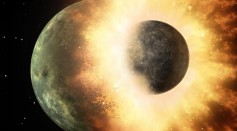
Rare Image Reveals Exoplanets Colliding 1,800 Light-Years Away, Offering Insights into Infrared Surges and Stellar Dimming
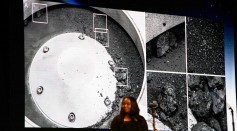
OSIRIS-REx Mission: NASA Unveils For the First Time Asteroid Bennu's Precious Payload and Clues to Earth's Watery Origins
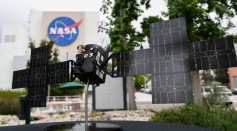
NASA's Psyche Mission Set To Launch Today, Marking the Beginning of Its Journey to the Solar System's Origins
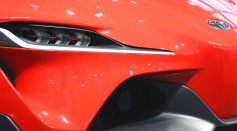
Toyota's Baby Lunar Cruiser Could Allow Humans To Take a Drive on the Moon, Set To Land in 2029
Most Popular

November’s Beaver Moon: Final Supermoon of the Year Peaking Mid-Month

James Webb Space Telescope Could Help Confirm Life-Supporting Atmospheres on Exoplanets

Vitamin D Deficiency in Early Life Linked to Immune System Issues, Study Finds

From Commercial Diving to Hyperbaric Chambers: Nicole Garrett's Journey to Founding Under Pressure

